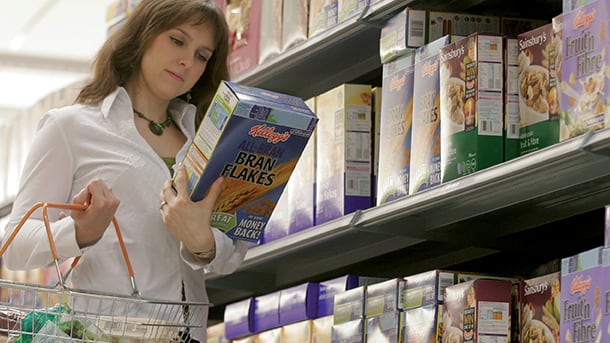The well-being movement is expanding, with consumers seeking more personalized health benefits from their purchases, and while the trend spans generational demographics, age matters when it comes to achieving their goals, according to data analytics firm Circana.
Circana’s new report, The Global Health and Wellness Market: Generations’ Quest for Healthier Lives, explains that manufacturers can capture consumer dollars by designing products with a focus on generational preferences.
For Gen Z and Millennials, that entails focusing on convenience, flexibility, sustainability and digital-first habits, while supporting energy, productivity and work-life balance. Gen X and Baby Boomers, on the other hand, are more focused on products that emphasize simplicity, reliability, preventative care and autonomy.
Well-being winners
Consumers across the globe are increasingly beginning their wellness journey online, Sally Lyons Watts, Circana global executive vice president, chief advisor, Consumer Goods and Foodservice, said in a webinar on Tuesday
“Expansion of personalized wellness, whether that is through advancements in AI and/or biometric data, consumers will expect tailored recommendations to meet their individual needs,” she said, adding that functional beverages, supplements, clean label foods and microbiome targeted products “will absolutely dominate innovation pipelines.”
“Guidance will be personalized regarding optimal amounts of fiber and protein via healthcare providers, nutritionists and dietitians,” she said.
Circana noted that well-being focused consumers in the US hold the buying power of $1.3 trillion, more than half of which ($696.2 billion) was directed at food and beverage – and with a year-over-year increase of 4.7%, as of July, it’s growing faster than other categories.
Consumer solutions
Eating healthy topped the list of activities consumers plan to incorporate into their wellness routine, according to Kirstin Hornberger, Circana executive vice president, practice leader, Wellness, Beauty and Home Care.
But the approach varies widely between consumers, she said.
“Ultimately, the food and beverage choices consumers are making can vary based on what they’re trying to solve for and as part of their journey, and as part of their journey, consumers are maximizing their nutritional benefits from food and beverages they intake,” she said.
Sectors like functional probiotic food and drink, and functional hydration are growing across the globe, many of which are posting double-digit gains, she said.
“Increasingly, we’re seeing the intersection of VMS (vitamins, minerals and supplements) and functional hydration, with growth fueled by a vast expansion of claims and benefits from sports-focused drinks to energy and nutraceutical drinks,” Hornberger said.
Mental wellness drinks that address areas like brain function and mood are driving growth in functional hydration, she said.
Functional and fortified foods and beverages are also experiencing rapid growth globally, particularly those that offer added protein, vitamins and minerals.
“This jump in healthful living has impacted how much and what consumers eat, as well as tools to assist them, like GLP-1,” she said. “There’s been an overall decrease in per capita calories consumed with a greater shift in protein away from alcohol and snacks.”
Circana estimates that 5.3% of US households use a GLP-1 drug, and those users are moving away from categories like saturated fats, high levels of sugar and alcohol, in favor of foods containing protein.

Ultra-processed no, small treats yes
Consumers also increasingly are avoiding genetically modified foods, artificial dyes and flavors, and ultra-processed foods, according to the report.
Younger consumers are more likely to engage in clean eating and nutrition, Hornberger said.
“Clean is another trend we’re seeing that really transcends wellness, generations and categories,” she said.
Consumers are not completely giving up on treats, though. Hornberger explained that they are increasingly seeking out “moments of joy” with snacks, ice cream and beverages as a reward, up 26% prior to the pandemic.
But they’re being mindful about it.
“Consider that over half of consumers report they would rather enjoy a smaller portion of something indulgent than a larger portion of something better for you,” she said.


